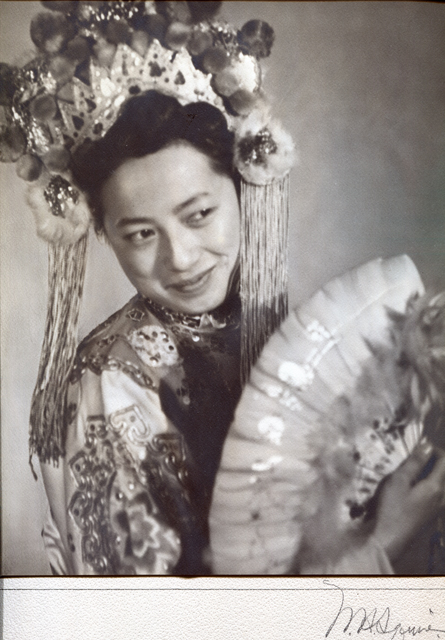Yeh, Alice
Alice Yeh (née Yook-Lin Gee) was born in Victoria, British Columbia on October 10, 1919. Alice’s mother, Gee Wong Moey, was widowed in the early 1920s and rented rooms in her house to support the family. The house became a hub of activity in Victoria’s Chinese community. For instance, Alice and her friends used the house as a meeting place for a youth forum, which staged dramatic productions and conducted neighbourhood tours in Chinatown to combat negative stereotypes and raise funds for charitable causes. Alice was extremely active in both her community life and work life. She worked for the postal censorship department in Ottawa, Ontario during World War Two, served as a private secretary to the Taiwanese Ambassador to Japan in the early 1950s, and worked as a social worker for the Catholic Children’s Aid Society in Toronto until her retirement. She also led the Young Women’s Guild at the Chinese Presbyterian Church in Toronto, Ontario, and was an organizer for Canadian branches of the Kuomintang (Nationalist) party. At the time of the interview, Alice resided in Etobicoke, Ontario.
In the late 1930s, Alice Yeh helped to form the Chinese Canadian Youth form, whose aim was to promote better relations between Chinese Canadians and non-Chinese Canadians. The founding members of the group included: Dora Hope, Bessie Hope, Douglas Jung, Ying Hope, May Ngai, and Joan Louie. The group wrote and staged Chinese dramas for non-Chinese audiences, also raising funds for charitable causes. They borrowed costumes from a Cantonese Opera Troupe and hired a professional choreographer to assist with their productions. Alice claims that mainstream Canadian society viewed Chinese culture with suspicion because of negative Hollywood stereotypes. These plays were designed to dispel the myth of ‘cloak and dagger’ Chinese culture and replace it with positive images.


 /
/ 

